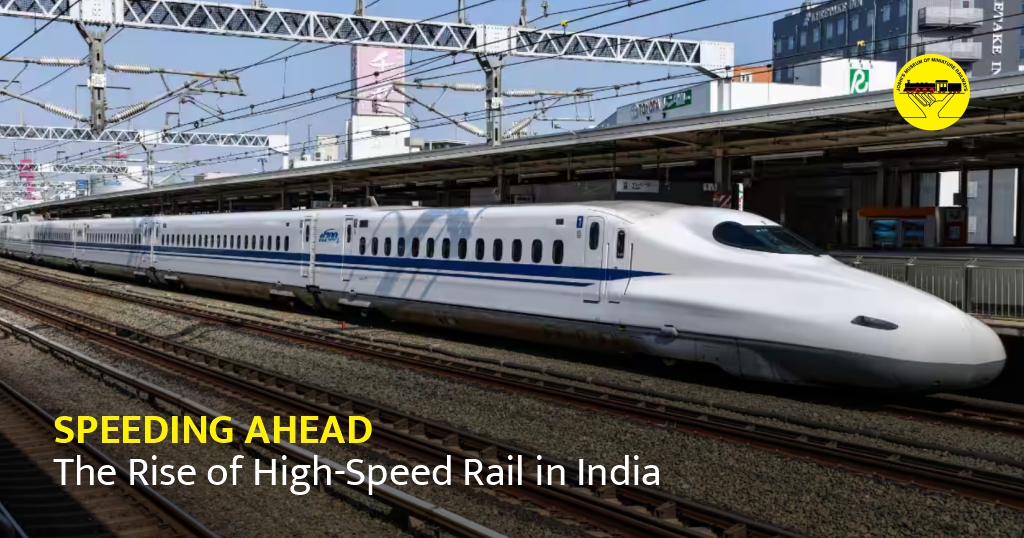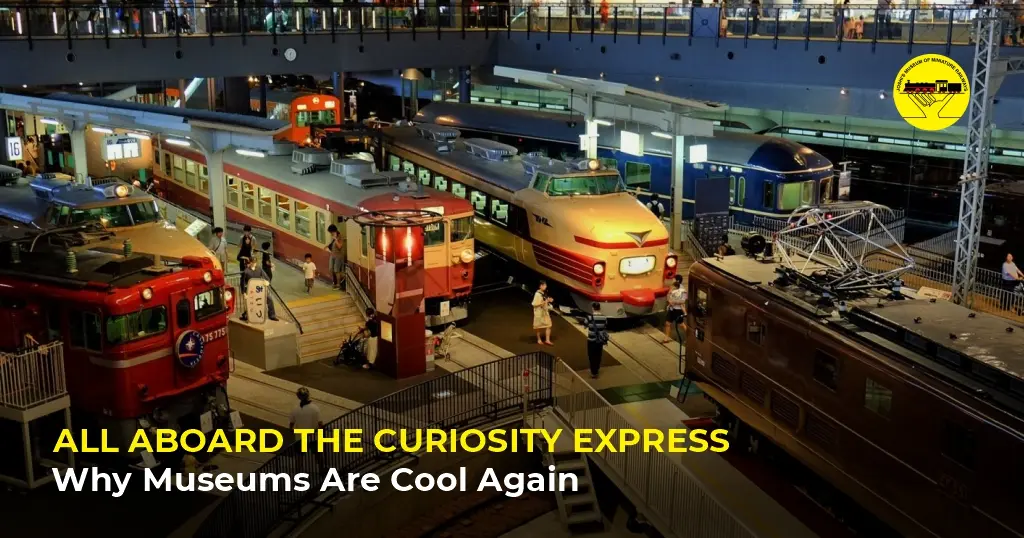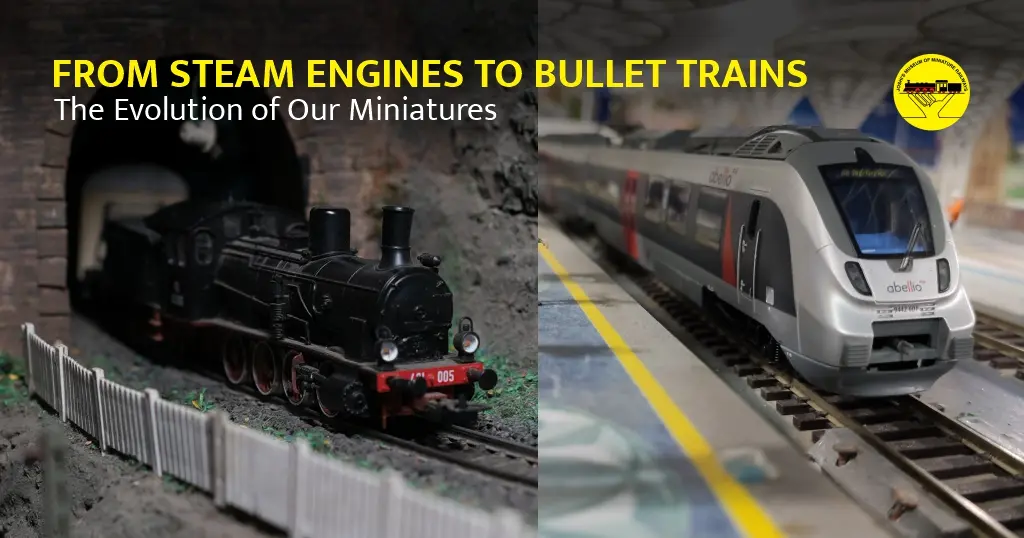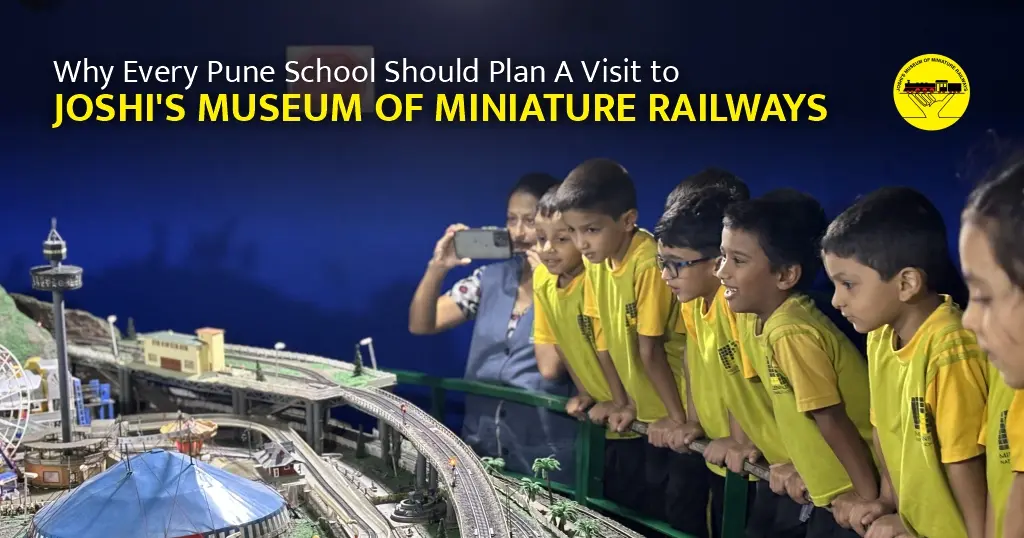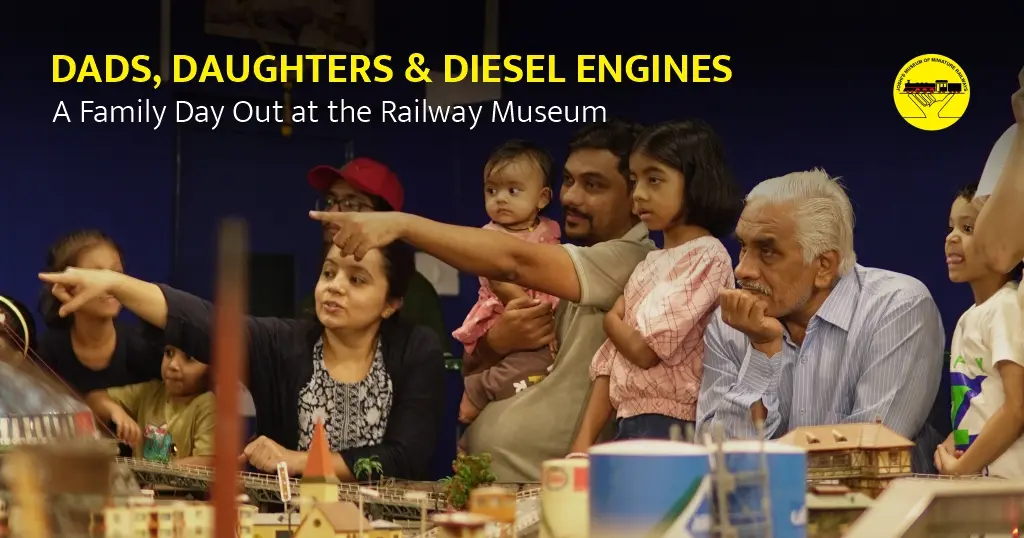India, a nation known for its vast railway network and rich railway history, is entering a new era of rail travel. With the introduction of high-speed rail (HSR) systems– commonly referred to as bullet trains- the country is embracing fast, efficient, and futuristic transportation.
These high-speed trains are poised to transform mobility, cut travel time significantly, boost the economy, and redefine connectivity between major cities.
In this blog, we explore the evolution, development, and future of high-speed rail in India. From government initiatives to infrastructure breakthroughs and upcoming projects, here’s a deep dive into the high-speed rail revolution sweeping across the nation.
The Beginning of High-Speed Rail in India
India’s tryst with high-speed rail officially began in 2015, when Prime Minister Narendra Modi and Japanese Prime Minister Shinzo Abe laid the foundation for the Mumbai-Ahmedabad High-Speed Rail Corridor (MAHSR). This collaboration with Japan marked the birth of India’s bullet train dream, utilizing Japan’s world-renowned Shinkansen technology.
The project is being executed by the National High-Speed Rail Corporation Limited (NHSRCL), and construction began in 2017. The corridor will span 508 kilometers, connecting Mumbai (Maharashtra) with Ahmedabad (Gujarat), reducing the travel time from over 7 hours to around 2 hours.
Mumbai – Ahmedabad High-Speed Rail: A Game Changer
Key Features:
- Total Length: 508 km
- Top Speed: 320 km/h
- Number of Stations: 12
- Expected Completion: Phase 1 by 2026
- Travel Time: ~2-3 hours
- Technology: E5 Series Shinkansen
- Estimated Cost: ₹1.1 lakh crore (approx. $13 billion), with 81% funding from Japan via a soft loan
Major Stations:
- Mumbai
- Thane
- Virar
- Boisar
- Vapi
- Bilimora
- Surat
- Bharuch
- Vadodara
- Anand
- Ahmedabad
- Sabarmati
A large portion of the alignment will be elevated (~92%), while 6% will be in tunnels and 2% on ground level. The longest tunnel- 21 km– includes a 7 km undersea tunnel near Thane Creek, India’s first underwater rail tunnel.
Infrastructure and Construction Progress
As of early 2025, NHSRCL has made significant progress:
- Land Acquisition: Over 99.75% in Gujarat and over 80% in Maharashtra
- Civil Contracts Awarded: Covering over 90% of the corridor
- Construction of Stations: Ongoing in Surat, Anand, and Sabarmati
- Viaduct Construction: 300+ km viaduct completed
- Training Institute: A dedicated institute has been set up in Vadodara, where Indian engineers and technicians are trained by Japanese experts
The trains will operate on dedicated tracks, ensuring maximum safety and efficiency.
Why High-Speed Rail Matters for India
1. Economic Boost
High-speed rail infrastructure projects are massive job creators. According to NHSRCL, the Mumbai-Ahmedabad corridor alone is expected to generate:
- 4,000 direct jobs
- 20,000 indirect jobs
- Construction employment for over 50,000 workers
It also promotes the development of satellite towns and new economic zones along the corridor.
2. Environmental Benefits
Bullet trains are powered by electricity, reducing the country’s dependence on fossil fuels. High-speed rail emits one-third the carbon dioxide of cars and one-fifth that of airplanes.
3. Travel Efficiency
Compared to conventional trains and flights, bullet trains offer a quicker, safer, and more comfortable journey. Reduced travel time increases productivity and improves quality of life.
4. Technological Advancement
Partnerships with countries like Japan help transfer cutting-edge rail technology to India, boosting domestic manufacturing and engineering capabilities.
Upcoming High-Speed Rail Projects
The government’s vision is not limited to the Mumbai–Ahmedabad line. Several other corridors are being planned under the Diamond Quadrilateral Project and beyond.
Proposed Corridors:
| Corridor | Length (km) | Cities Connected |
| Delhi–Varanasi | ~800 | Delhi, Noida, Agra, Varanasi |
| Delhi–Ahmedabad | ~886 | Delhi, Jaipur, Udaipur, A’bad |
| Delhi–Amritsar | ~465 | Delhi, Ambala, Ludhiana |
| Mumbai–Nagpur | ~753 | Mumbai, Nashik, Nagpur |
| Mumbai–Hyderabad | ~711 | Mumbai, Pune, Hyderabad |
| Chennai–Bengaluru–Mysuru | ~435 | Chennai, Bengaluru, Mysuru |
Feasibility studies and Detailed Project Reports (DPRs) are under progress for most of these corridors.
Challenges to High-Speed Rail in India
Despite the promising future, the journey of high-speed rail in India hasn’t been without hurdles:
1. Land Acquisition
Acquiring land in densely populated areas, especially in Maharashtra, led to delays in the Mumbai-Ahmedabad project.
2. High Cost
High-speed rail is capital intensive. Balancing affordability, quality, and safety is a major challenge.
3. Technology Transfer and Skill Gap
Implementing foreign technology requires massive workforce training and technical knowledge adaptation.
4. Environmental Clearances
Securing permissions for tunneling, underwater construction, and tree felling has caused further delays.
Global Perspective: How India Compares
India is relatively new to the high-speed rail game, but its ambition is noteworthy. Here’s how India compares globally:
| Country | HSR Network Length (2024) | Max Speed | Notable Train |
| China | 45,000+ km | 350 km/h | Fuxing |
| Japan | 3,000+ km | 320 km/h | Shinkansen |
| France | 2,700+ km | 320 km/h | TGV |
| India (2026) | 508 km | 320 km/h | E5 Shinkansen |
India may be starting small, but its projected expansions in the next two decades could position it among the top high-speed rail nations.
Government Vision: Bullet Train and Vande Bharat Synergy
While Vande Bharat Express– India’s semi-high-speed train- operates at 160-180 km/h, it has already raised travel standards significantly. These trains complement the HSR vision by providing fast intercity travel while bullet trains will cater to longer, express routes with fewer stops.
The government’s integrated transport policy includes:
- Make-in-India initiatives for HSR components
- Expanding electric mobility
- Promoting multi-modal transport hubs
Looking Ahead: India’s Bullet Train Future
The high-speed rail program is not just about faster trains; it’s about transforming India’s economic and transport landscape. The success of the Mumbai-Ahmedabad line will pave the way for a nationwide network.
By 2040, India aims to:
- Operate 10+ high-speed corridors
- Cover 5,000+ km of HSR track
- Develop indigenous high-speed trains under the Make-in-India initiative
With every viaduct built and tunnel dug, India is racing ahead- towards a high-speed future.
Final Thoughts
High-speed rail is no longer a distant dream in India- it’s a rapidly approaching reality. The bullet train projects signal not just faster journeys but a bold leap toward modern, sustainable, and world-class infrastructure.
As India builds the tracks for tomorrow, every kilometer laid today is a step toward a smarter, greener, and faster future.
FAQ’s
1. When will the first bullet train in India start operating?
The Mumbai–Ahmedabad bullet train is expected to be operational by 2026, with trial runs starting in 2025.
2. What is the maximum speed of India’s bullet train?
The bullet trains will operate at a maximum speed of 320 km/h.
3. Which technology is being used for the Indian bullet train?
India is using Japan’s Shinkansen technology, specifically the E5 Series trains.
4. How many high-speed rail corridors are planned in India?
India has planned over 7 major high-speed corridors, with feasibility studies underway for more.
5. Is the bullet train project eco-friendly?
Yes, it is powered by electricity and has significantly lower emissions compared to road or air travel.

